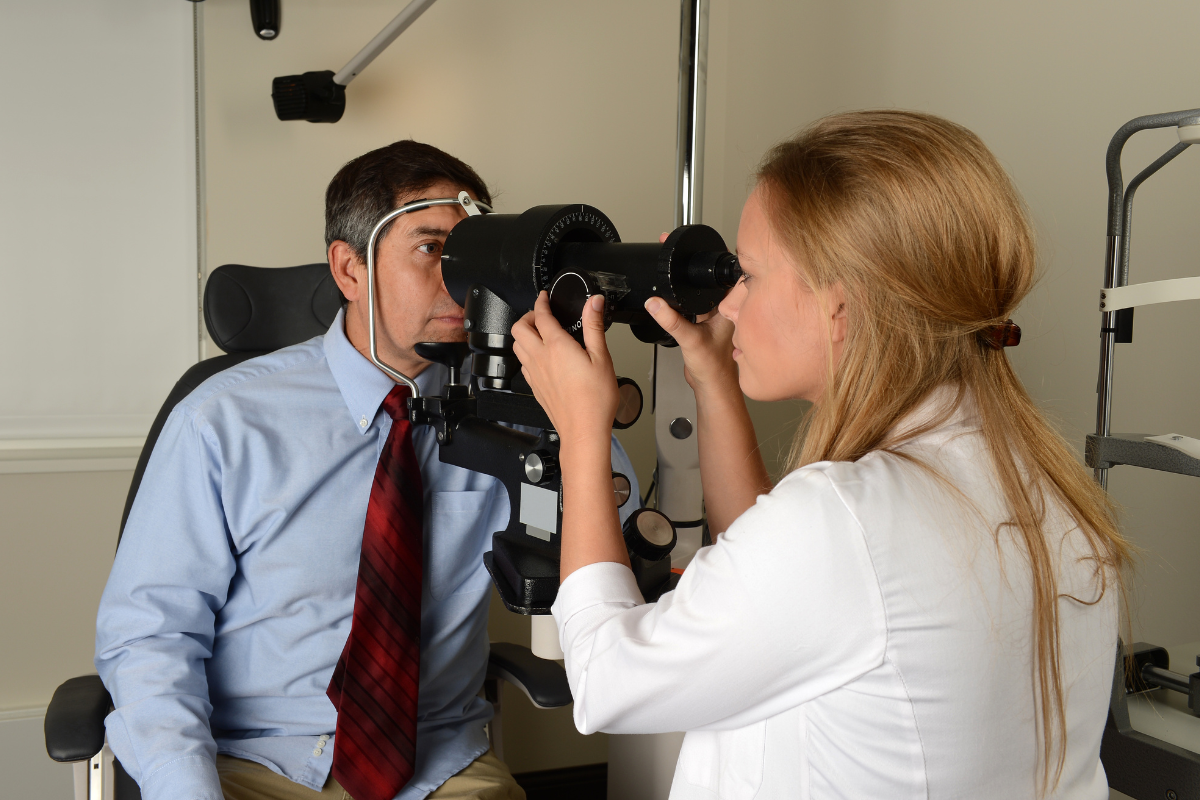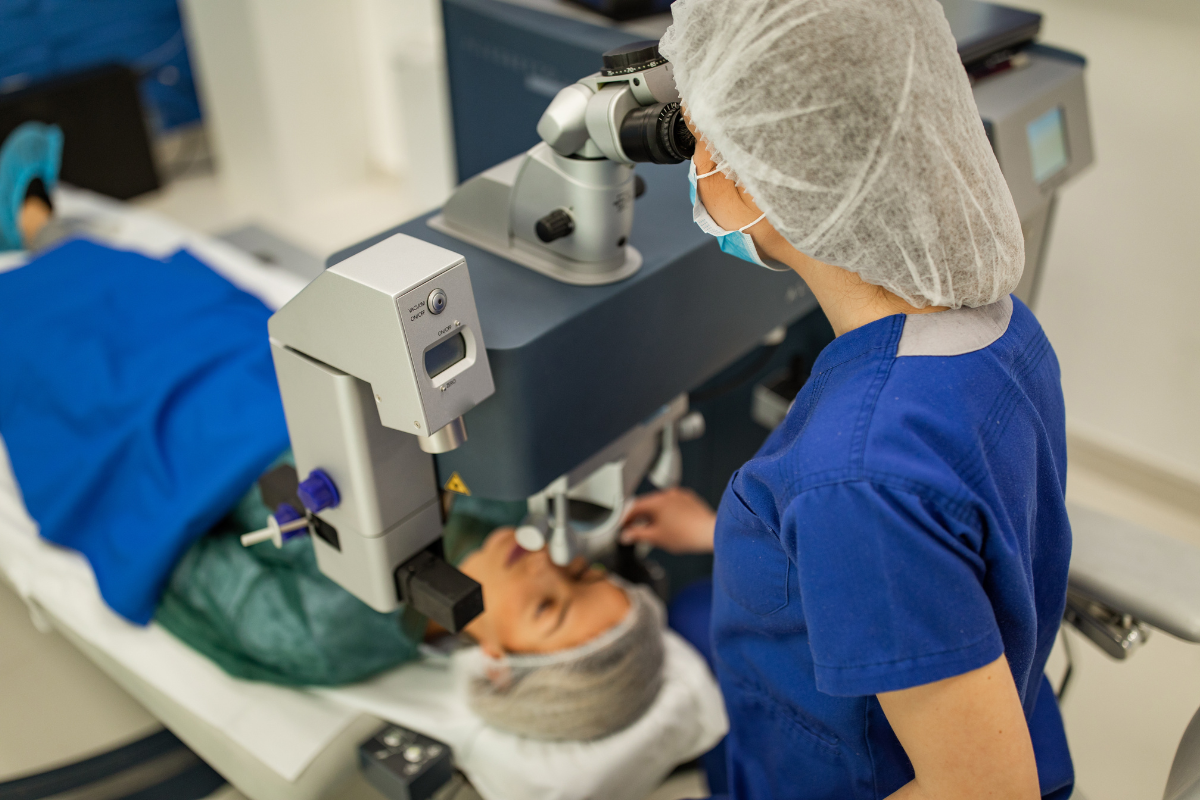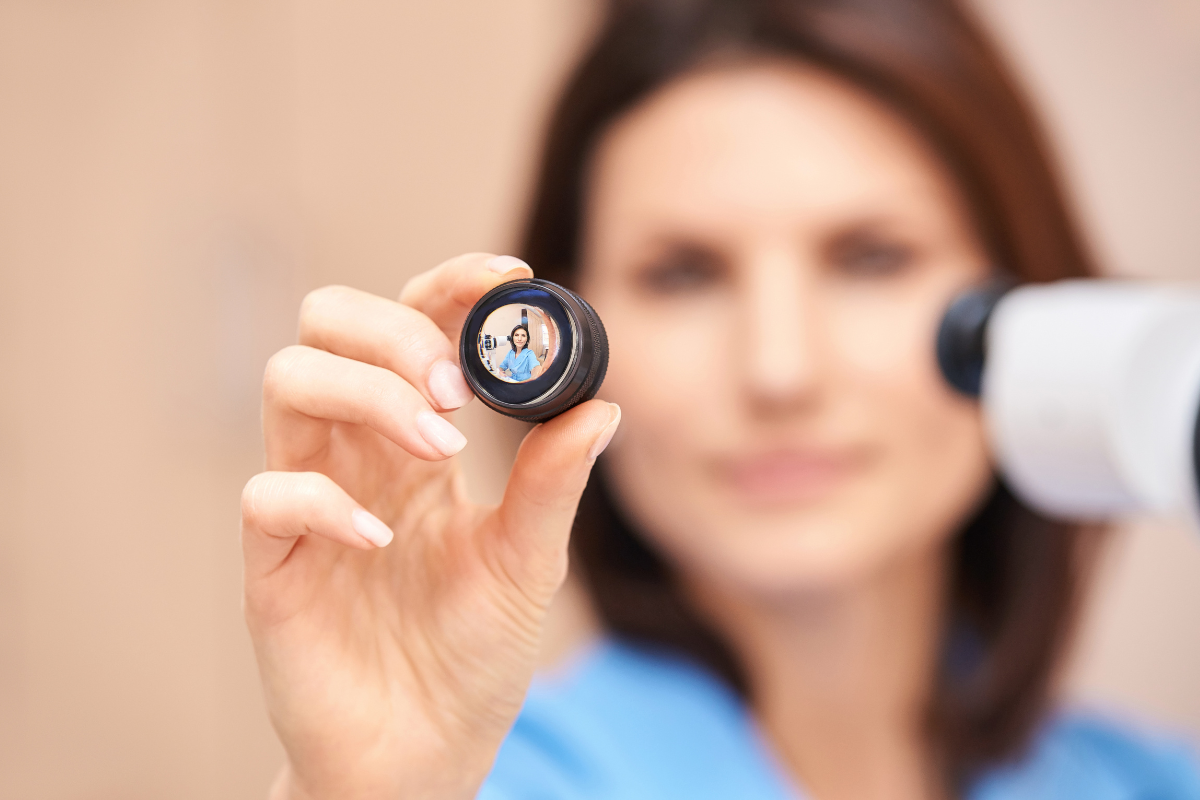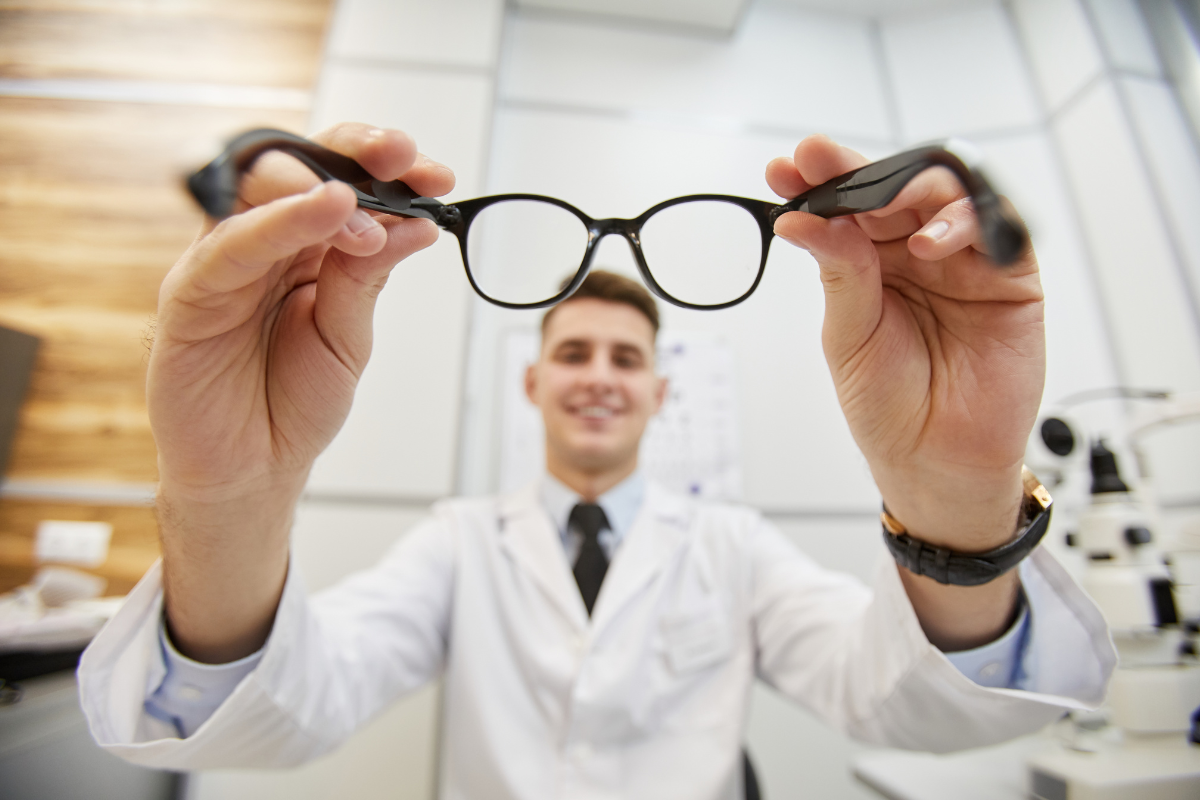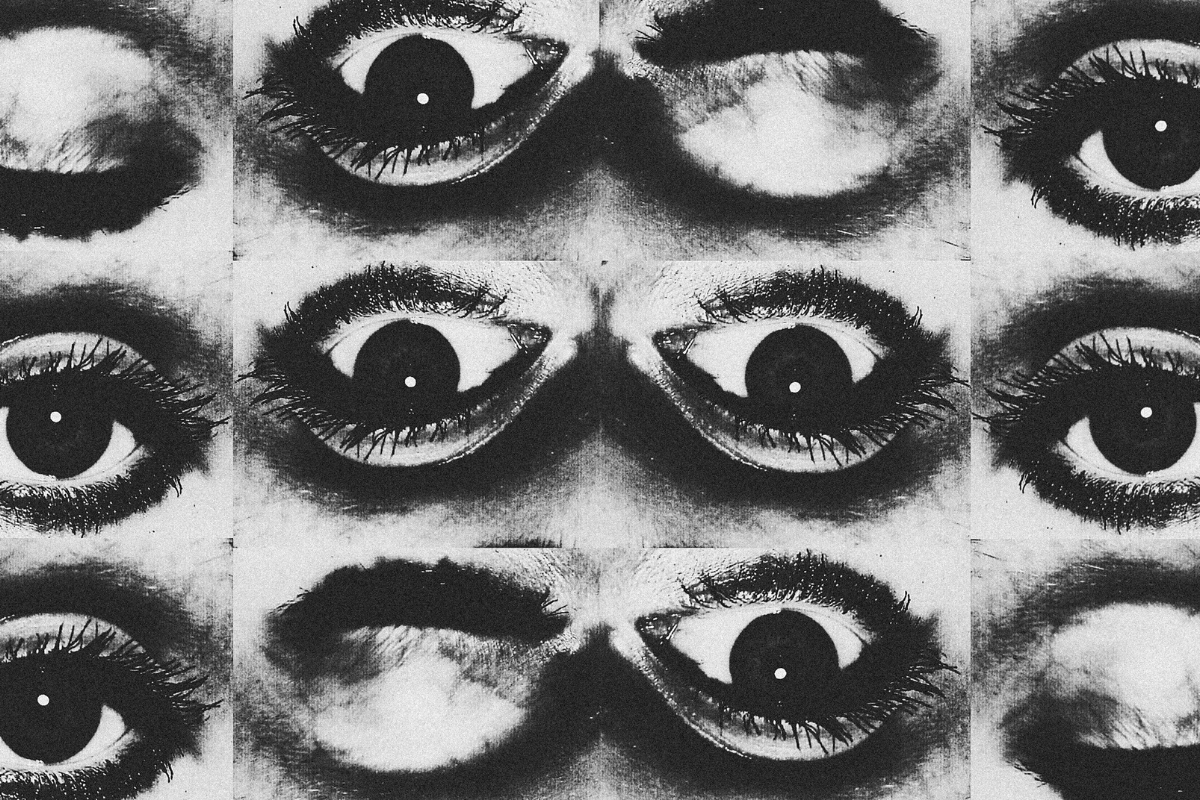
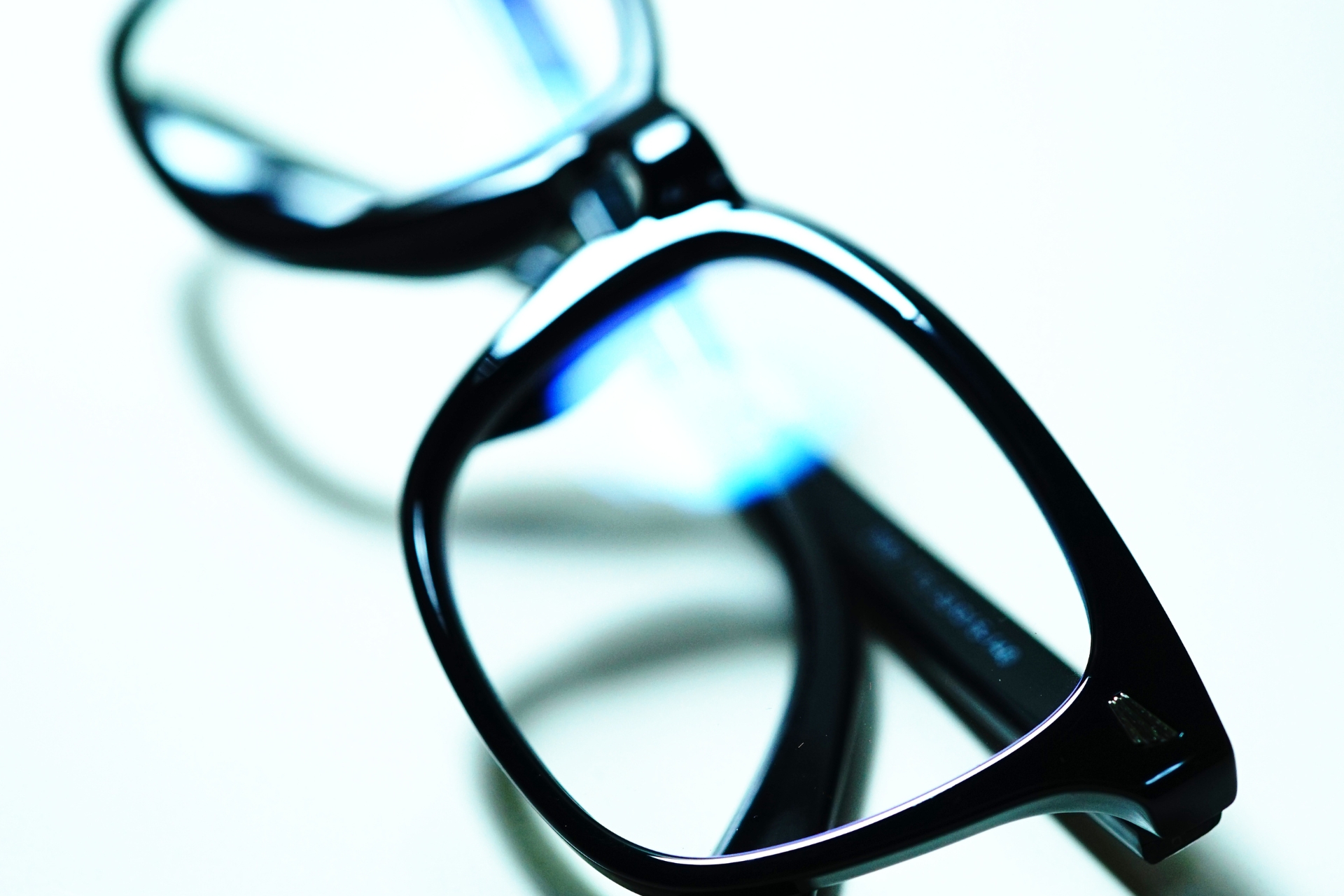
In today’s fast-paced digital age, we are surrounded by screens, whether it’s our smartphones, tablets, computers, or televisions. While technology has revolutionized our lives, it has also introduced new challenges, particularly concerning eye health. One of the significant concerns is the impact of blue light emitted from these devices. To address this issue and learn more about protecting your vision, consider consulting an Optometrist in Phoenix AZ. Understanding blue light’s effects and implementing protective measures is crucial for maintaining optimal eye health in a screen-dominated world.
Blue light is part of the visible light spectrum, with wavelengths ranging from approximately 380 to 500 nanometers. Unlike other colors, blue light has a short wavelength and high energy, which makes it more intense. Natural sources of blue light include sunlight, but artificial sources have become increasingly prevalent in our daily lives. Devices such as LED screens, fluorescent lights, and even certain types of light bulbs emit significant amounts of blue light.
While blue light exposure is not entirely harmful—especially during the daytime, as it can help regulate our circadian rhythms—excessive exposure, particularly during the evening hours, can disrupt sleep patterns and lead to digital eye strain. Symptoms of digital eye strain may include blurred vision, dry eyes, headaches, and neck and shoulder pain. Consequently, understanding the potential risks associated with prolonged blue light exposure is essential for anyone who spends significant time in front of screens.
Prolonged exposure to blue light may contribute to several eye health issues. Research has suggested that blue light can damage retinal cells, potentially leading to age-related macular degeneration (AMD), a leading cause of vision loss in older adults. Additionally, blue light exposure can cause discomfort and fatigue, making it challenging to focus on tasks for extended periods.
Furthermore, blue light’s impact extends beyond just physical discomfort. Studies have indicated a correlation between excessive screen time and an increase in anxiety and depression among individuals, particularly younger generations who are often more susceptible to the effects of digital overload. This multifaceted impact underscores the necessity of protecting our eyes from the adverse effects of blue light.
Fortunately, several strategies can help mitigate the harmful effects of blue light. Here are some effective measures to consider:
In addition to protective measures against blue light, adopting healthy eye habits can significantly benefit your overall vision. Here are some additional practices to incorporate into your daily routine:
In conclusion, blue light presents unique challenges in our screen-dominated world, impacting both eye health and overall well-being. Understanding the effects of blue light and implementing protective measures is crucial for safeguarding your vision. By following the strategies outlined above, you can significantly reduce your risk of digital eye strain and protect your eyes from potential long-term damage. For tailored advice and to ensure your vision remains healthy, don’t hesitate to reach out to Urban Eyecare. Your eyes deserve the best care in today’s digital landscape.

